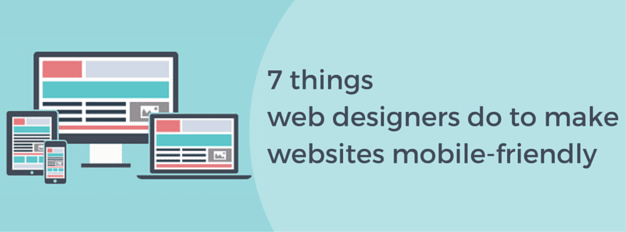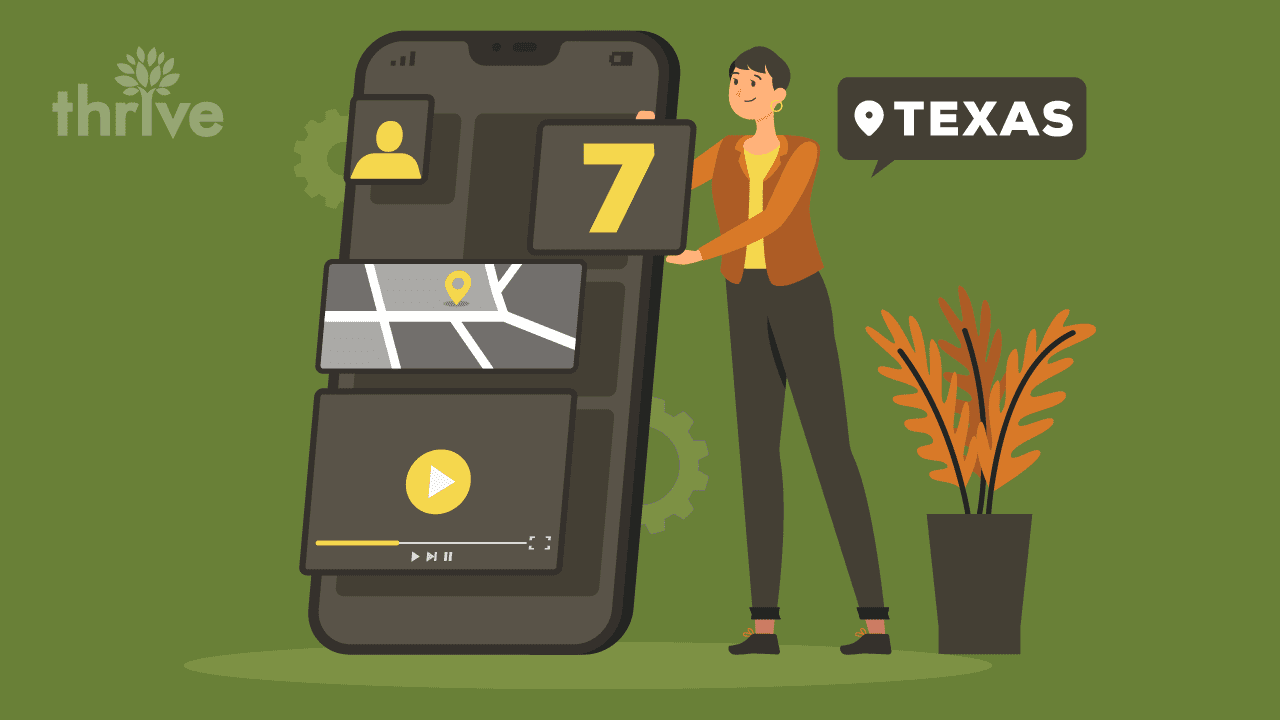
In recent years, business owners have been hearing more and more about web designers in Texas making websites “mobile friendly”. The age of tablets and smartphones is well underway, and the data proves it: Mobile internet use surpassed “fixed” (desktops and laptops) use for the first time in 2014, according to a report by comScore. Motivated by this global trend, Google has been rolling out changes that give a ranking boost to mobile-optimized sites. So what can a Texas business owner do to make sure his or her website is mobile-friendly?
Have A Web Designer In Texas Guide You
Luckily, you don’t have to be a tech expert to be ready for the mobile revolution. The first step for business owners in Texas is to select a web design company that knows mobile-friendly design. Read on to learn about seven things that web designers can do to make your site shine in the new mobile-dominated web.
1. Making Your Site Adapt To Mobile Screens
Mobile devices come in many sizes, but all of them feature smaller screens than desktop computers. Just because your site looks great on your desktop doesn’t mean it looks great on a phone or tablet— unless your web designer makes sure that it does. Google rewards sites with search engine rankings that don’t require the user to zoom in or out on their device. The right web designer will make sure your website is adapting to the size of your visitor’s screen.
2. Keeping Autocorrect Away From Your Forms
Tablets and smartphones use shortcuts like autocorrect to help users type, but this feature can get in the way when users are trying to enter personal information on your site when making a purchase or signing up for a mailing list. The device may see names and addresses as misspelled words and attempt to correct them, resulting in frustration for your customer. Some simple code changes ensure that filling in your form is intuitive and quick.
3. Making Sure Your Content Isn’t Extending Over the Edge of the Screen
Nothing is more frustrating than a website that can’t be properly viewed because content is obscured or extends past the edge of the page. This can happen to images, text, and even critical “Submit” or “Next” buttons. A mobile design checkup ensures that these issues aren’t derailing your conversions.
4. Keeping Your Site Fast
Site speed is important for all visitors. Mobile users often have slower internet connections, so a fast site is a must.
5. Thinking Like a Mobile User
Is your site asking visitors to do things that are difficult to do on a mobile device? Since smartphones and tablets have pop-up virtual keyboards, certain tasks can be trickier, like editing text. A good web designer will QA these conversions before launch to keep visitors from bouncing on these pages.
6. Avoiding Incompatibility
It’s time to bring that old site up to date! Google has begun warning mobile users when a website in their search results is incompatible with their device. Outdated content on your website, such as Adobe Flash videos, can trigger the warning.
7. Eliminating Error Messages
Mobile websites that are set up incorrectly may generate error messages or send mobile users to the wrong pages. Your web designer will ensure that your site works seamlessly on mobile devices.
Today, business owners with mobile-friendly websites can expect to create a great customer experience and see an increase in their Google search rankings.
To get started on optimizing your site for mobile devices, call 817-642-9686 or reach out to Thrive here.
